In the rapidly evolving landscape of digital marketing, two terms have emerged as critical components of content strategy: Answer Engine Optimization (AEO) and Search Engine Optimization (SEO). While both aim to enhance a website’s visibility and user engagement, they serve different purposes and utilize distinct methodologies. This article explores the differences between AEO and SEO, their respective importance, and how they can be effectively integrated into a comprehensive digital marketing strategy.
What is SEO?
Search Engine Optimization (SEO) is a long-established practice focused on improving a website’s visibility in search engine results pages (SERPs). The primary goal of SEO is to drive organic traffic by ranking higher for relevant keywords. This involves various strategies, including:
- Keyword Research: Identifying terms that potential customers are searching for.
- On-Page Optimization: Structuring content with appropriate keywords, meta tags, and headings.
- Link Building: Acquiring backlinks from reputable sites to enhance authority.
- User Experience (UX): Ensuring that the website is user-friendly, fast-loading, and mobile-responsive.
SEO typically favors long-form, detailed content that addresses a wide range of queries. It aims to provide comprehensive information that keeps users engaged and encourages them to explore further.
What is AEO?
Answer Engine Optimization (AEO) is a newer concept that focuses on optimizing content specifically for answer engines—platforms like Google Assistant, Siri, or chatbots that provide direct answers to user queries. The main objectives of AEO include:
- Direct Answers: Providing concise responses to specific questions.
- Structured Content: Formatting information in a way that is easily digestible by AI-driven systems.
- Voice Search Optimization: Catering to the increasing number of users who rely on voice commands for information retrieval.
AEO content often includes short paragraphs, bullet points, and straightforward language designed for quick comprehension. This optimization targets zero-click searches, where users receive answers directly in the search results without needing to click through to a website
Key Differences Between AEO and SEO
| Feature | SEO | AEO |
| Primary Goal | Drive organic traffic | Provide direct answers |
| Content Structure | Long-form, detailed | Short, concise |
| Search Type | Click-through searches | Zero-click searches |
| Query Intent | Broad user intent | Specific questions |
| Target Devices | All devices | Voice assistants and answer engines |
| Technical Focus | On-page optimization and link building | Schema markup for structured data |
Importance of SEO
SEO remains crucial for businesses seeking to establish a robust online presence. It not only helps in attracting visitors but also builds credibility and trust with users. High-ranking pages are often perceived as more authoritative, leading to increased brand recognition. Furthermore, effective SEO practices contribute to long-term traffic growth, making it an essential component of any digital marketing strategy.
Importance of AEO
As technology advances, particularly with the rise of AI and voice search, AEO has become increasingly important. Users are now more inclined to ask direct questions rather than typing broad queries into search engines. Optimizing for AEO ensures that businesses can meet this demand by providing immediate answers that enhance user satisfaction.AEO also aligns with Google’s focus on delivering high-quality user experiences. By ensuring that content is structured for quick retrieval by answer engines, businesses can improve their chances of being featured in prominent positions like featured snippets or knowledge panels. This not only increases visibility but also positions brands as trusted sources of information.
Integrating AEO and SEO
While AEO and SEO serve different purposes, they can be integrated effectively to maximize online visibility. Here are some strategies for combining both approaches:
- Content Strategy: Develop content that addresses both broad topics (for SEO) and specific questions (for AEO). This dual approach allows businesses to cater to diverse user needs.
- Keyword Optimization: Use keyword research to identify both long-tail keywords for traditional SEO and question-based keywords for AEO. This helps in targeting users at different stages of their search journey.
- Structured Data Markup: Implement schema markup to enhance content visibility in search engines. This technical aspect aids both SEO and AEO by making it easier for search engines to understand the context of the content.
- User Experience Focus: Ensure that the website is optimized for speed and usability. A positive user experience supports both high rankings in SERPs (SEO) and encourages users to engage with direct answers (AEO).
Conclusion
In conclusion, both Answer Engine Optimization (AEO) and Search Engine Optimization (SEO) play vital roles in modern digital marketing strategies. While SEO focuses on driving traffic through comprehensive content aimed at broad queries, AEO prioritizes delivering immediate answers tailored for specific questions.As technology continues to evolve, integrating both strategies will be essential for businesses aiming to maintain relevance in an increasingly competitive landscape. By understanding the distinct advantages of each approach and leveraging them effectively, organizations can enhance their online presence, improve user satisfaction, and ultimately drive growth in an ever-changing digital world.
